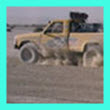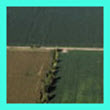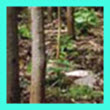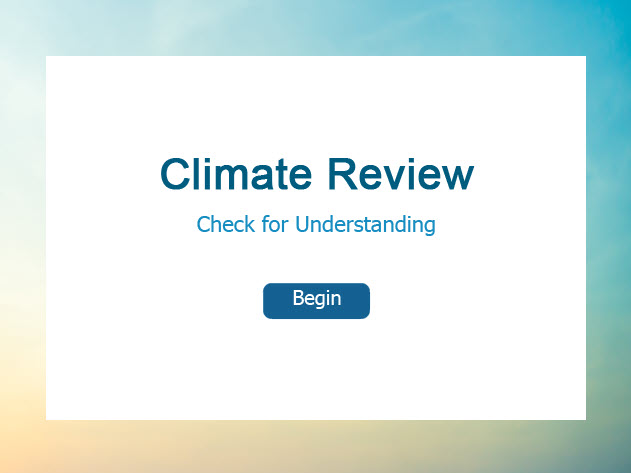Human Impact on Terrestrial Ecosystems
How have humans affected the world’s deserts, grasslands, forests, and mountains? Use the galleria to explore the impacts humans have had on these terrestrial biomes and get some ideas about how to prevent further damage.
Click each image below.
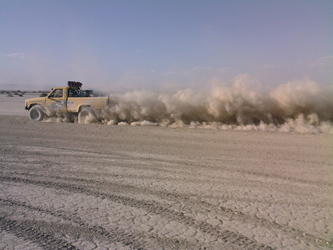 Deserts, as well as other biomes, are disrupted by off-road or all-terrain vehicles. In the desert, the fragile dune system is a habitat for many specialized plants and animals. These organisms are destroyed or forced out of their habitats by the damage these vehicles cause. This damage can be prevented by eliminating the use of these vehicles on this fragile landscape.
Deserts, as well as other biomes, are disrupted by off-road or all-terrain vehicles. In the desert, the fragile dune system is a habitat for many specialized plants and animals. These organisms are destroyed or forced out of their habitats by the damage these vehicles cause. This damage can be prevented by eliminating the use of these vehicles on this fragile landscape.
(image source: http://commons.wikimedia.org/wiki/File:Carl
Fitts2008BITDVegasToReno.jpg)
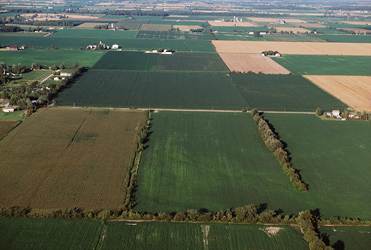 The conversion of grassland to cultivated crops eliminates natural habitats for native organisms such as balsamroot, bluegrass and the prairie dog. In addition, migratory birds are losing precious mating and stopover habitat. Cultivation is also linked to the introduction of non-native or invasive species. Finally, many crops are grown on suboptimal land which is subject to environmental impacts such as rainfall runoff and erosion. There are many conservation techniques underway to maintain and rejuvenate our native grasslands so as not to lose this fragile ecosystem entirely to agriculture and development.
The conversion of grassland to cultivated crops eliminates natural habitats for native organisms such as balsamroot, bluegrass and the prairie dog. In addition, migratory birds are losing precious mating and stopover habitat. Cultivation is also linked to the introduction of non-native or invasive species. Finally, many crops are grown on suboptimal land which is subject to environmental impacts such as rainfall runoff and erosion. There are many conservation techniques underway to maintain and rejuvenate our native grasslands so as not to lose this fragile ecosystem entirely to agriculture and development.
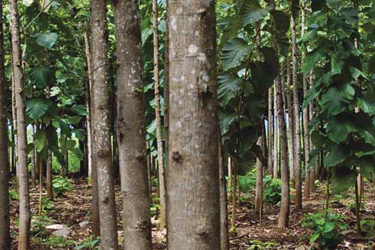 Clearing and converting forests to tree plantations is causing a huge environmental impact on this biome. Forests which once hosted a wide variety of species, tree sizes and distribution become monocultures offering little variety in habitat to the native organisms in the forest. To preserve our natural forests, tree plantations can be managed with a diversity of trees in age and species and regulations can be put into place to save or restore the most important forest ecosystems.
Clearing and converting forests to tree plantations is causing a huge environmental impact on this biome. Forests which once hosted a wide variety of species, tree sizes and distribution become monocultures offering little variety in habitat to the native organisms in the forest. To preserve our natural forests, tree plantations can be managed with a diversity of trees in age and species and regulations can be put into place to save or restore the most important forest ecosystems.
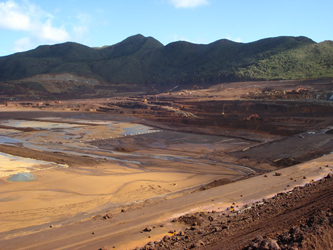 Mineral extraction from mountain regions causes the clear cutting of forests and soil erosion. Mining can also produce toxic tailings that can make their way into the water supply. Limitations on surface and subsurface mining and heavy monitoring of water resources are required around mountain mine sites. Decreased consumption of the minerals extracted from the rocks and soils would also help to maintain this ecosystem.
Mineral extraction from mountain regions causes the clear cutting of forests and soil erosion. Mining can also produce toxic tailings that can make their way into the water supply. Limitations on surface and subsurface mining and heavy monitoring of water resources are required around mountain mine sites. Decreased consumption of the minerals extracted from the rocks and soils would also help to maintain this ecosystem.
(image source: http://commons.wikimedia.org/wiki/File:Goro_mine_tailings_dam.jpg)
![]() Reflection: My Lifestyle & My Biome
Reflection: My Lifestyle & My Biome
In your science journal, reflect on the following:
What biome do you live in? List and describe three ways in which your lifestyle is harming this biome. For each, include one way you could alter your lifestyle to limit the damage you are causing.
Reading Guide
As you read the text, keep an eye out for the answers to the following questions. Use the reading guide worksheet to take notes as you go along.
- What factors influence climate?
- How does climate affect the nature and locations of biomes?
- How have humans affected the world’s terrestrial biomes?
Review Quiz
Use this quiz to review the important concepts and skills you learned in this chapter and then proceed to the Climate and Terrestrial Biodiversity Quiz.
Text Version
 Graded Assignments
Graded Assignments
Congratulations on completing this section! In this section you learned about:
- Factors that influence climate.
- The major terrestrial biomes and their geographic locations
- The effects of human activities on the world’s terrestrial ecosystems. Please return to your Schoology classroom L2 - Climate and Terrestrial Biodiversitys folder to complete any graded assignments for this section.


